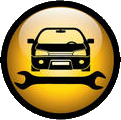Need more information?Click a link below..
AIR Conditioning all year long
A/C is a year round comfort and safety item. Anybody can see the immediate benifit of having cool air in the car in the summer, but not everybody realises that a byproduct of cooling air is that some water content is lost. In the winter time, this is an especially useful trait to assist with demisting the windows and keeping them clear.
What we can offer
We have all the tools and equipment to perform:
Leak testing
Fault Finding
Repairs
Serviceing
Re-charging
This includes climate controlled vehicles.
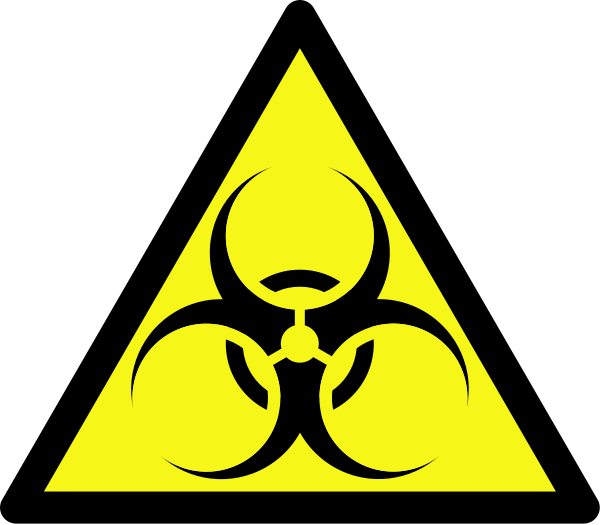
Don't ignore your A/C
Bacteria buildup in the A/C system can cause unpleasant odours, and may be responsible for coughs or chest infections. Yearly servicing of the A/C system prevents build-up of bacteria, as well as ensuring that there are no leaks.
How A/C works
A/C in vehicles works in the same way as your fridge at home. The heat from inside the car is pumped to the front of the car, where there is a radiator that sits in front of your car's engine radiator. Once it passes through the radiator at the front (called the condensor), the gas turns to a liquid due to the hight pressure and the cooling. It then passes through what is known as a dryer, which is a device to absorb water, if there is any. It is then sprayed in to a another radiator called the evaporator (via the expansion valve), where it absorbs the head and turns back to gas.
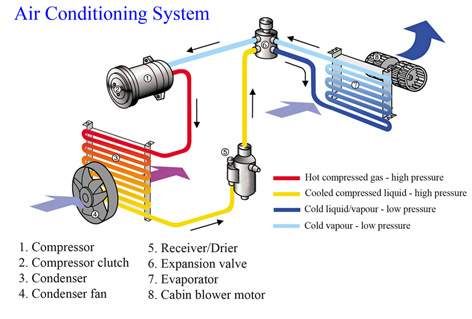
The A/C Pump is driven by the engine via a belt. There is a clutch on the pump pulley to reduce engine load when not in use, and also to ensure that the evaporator maintains a steady temprature. The compressor clutch assembly has been the primary control of A/C for the past 30+ years, but in more recent vehicles, the clutch has been dispensed with, in favor of either a bypass valve in the pump or an ECU interactive expansion valve. Finally, in Hybrid vehicles, the pump is driven electrically, so that the A/C can continue operating even when the engine is not actually turning.
Under pressure
Under pressure, the gas in the system turns to liquid. If there is insufficient liquid in the system when running, the pressure drops and the A/C cuts out. This leads to a situation where the A/C is weak. If the system is nearly empty of gas (or has none at all), then there is insufficient pressure, therefor the A/C will not work.
Because the condensing radiator at the front of the car has to sit in front of the engine radiator, it is the most vulnerable to stones or other debris that gets sucked in to the grill when you drive along. Along with pump seals, the condensor is the most common item to leak, unless the vehicle has been in a collision. There are other seals in the system, where pipes join, but they are generally less likely to fail, unless they have been disassembled for other repairs etc.
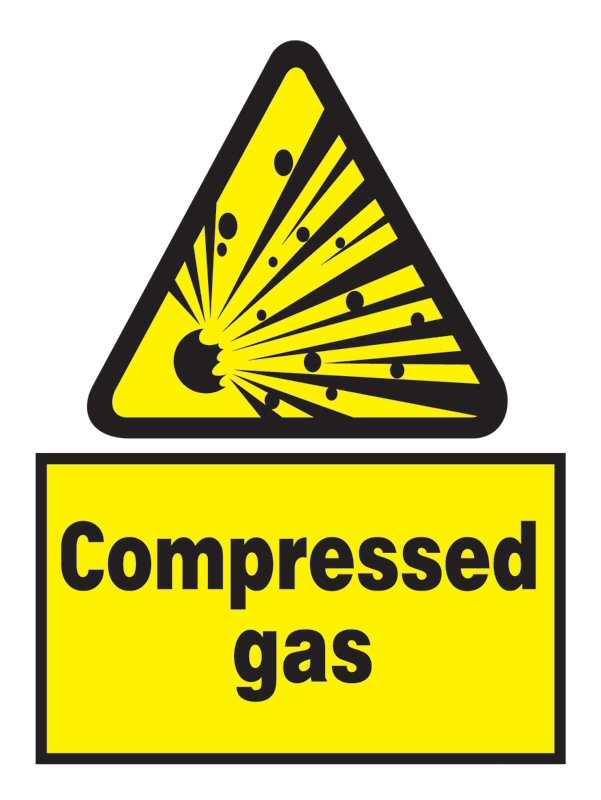
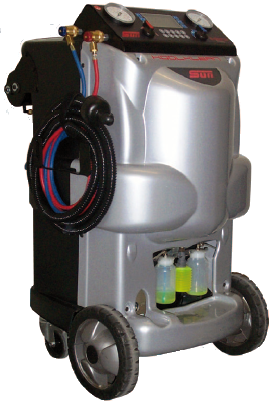
A/C Re-Gas
Because the gas is measured by weight, not pressure, the only way to determine if you have enough gas in the system is to draw all of it out, compress it to liquid, then weigh it before putting back the correct weight. We use the Snap-On/SUN A/C equipment to remove all of the existing gas in the system, noting it's weight and any oil extracted at the same time. It then checks the system for leaks (by vacuum test), before re-filling with the correct amount of gas and adding oil if required. Within this cycle, we can also add a luminescent dye to the system to assist with leak detection in the future. Regulatory requirements stipulate that we must recover all gas and re-use where possible. For this reason, if we re-gas your system, you will see that we will credit you for the gas removed, and charge you for the gas added. This ensures that we comply with our regulatory requirements for tracking of gas, as well as providing you with a guide as to how much gas your system required.



